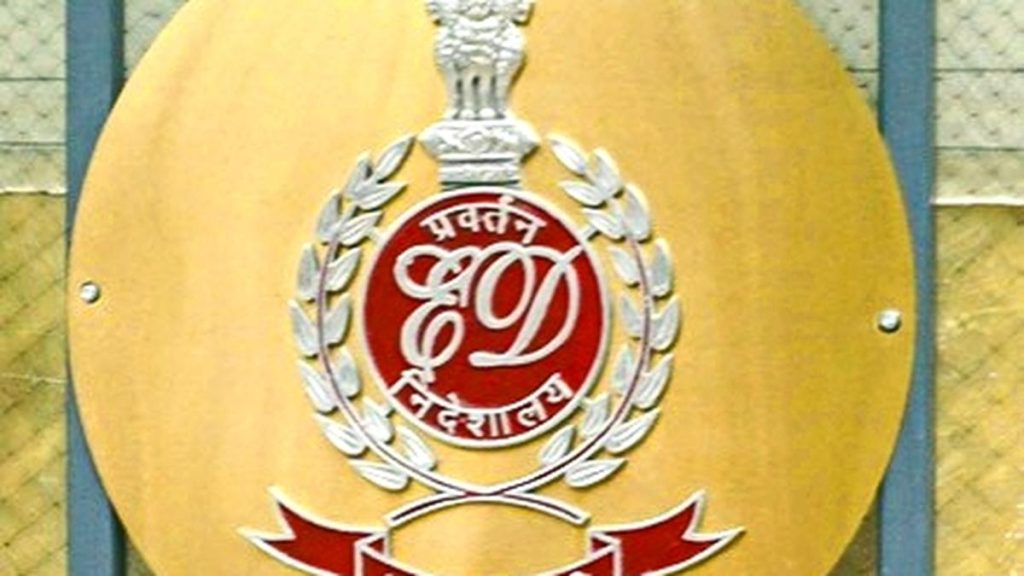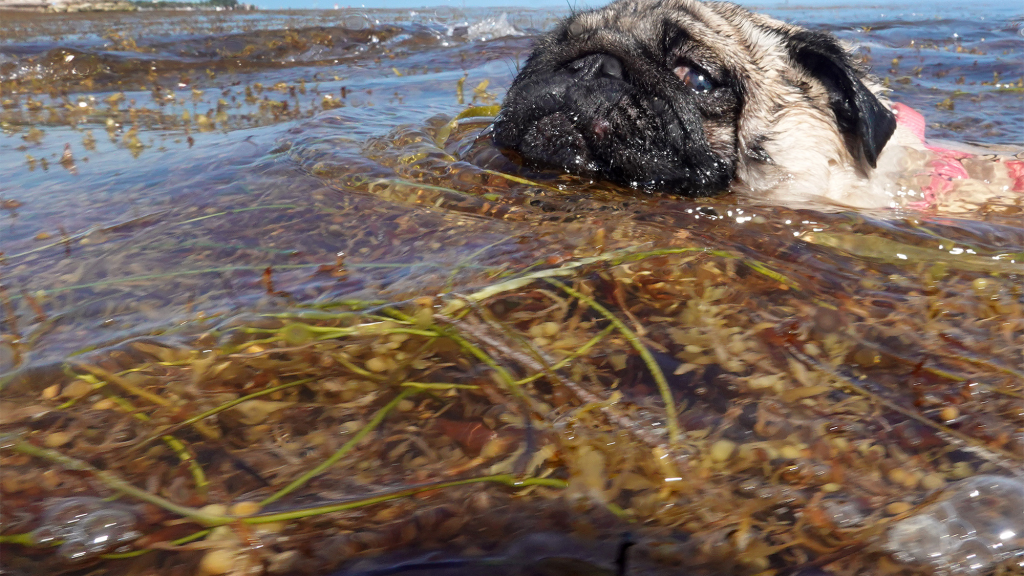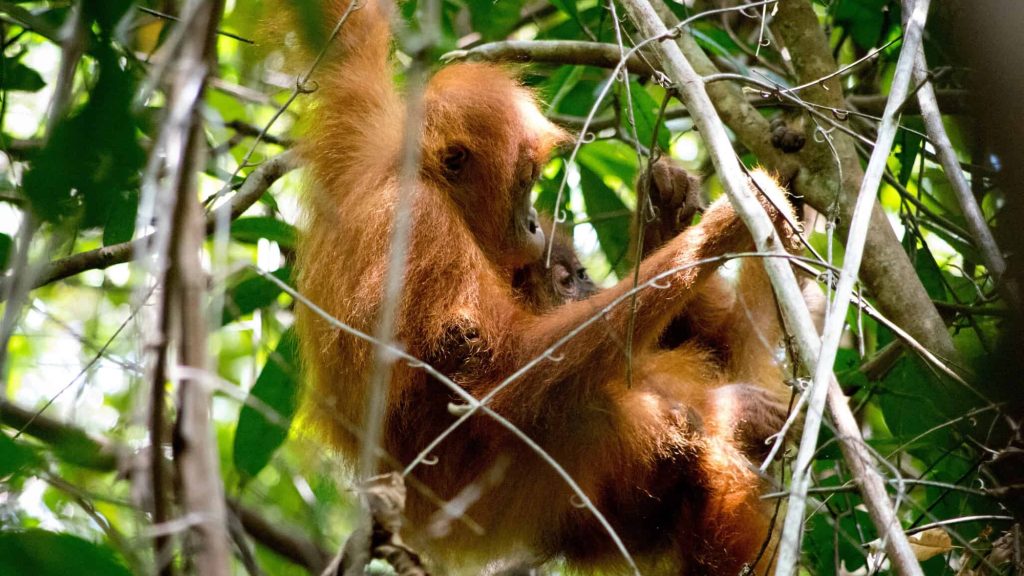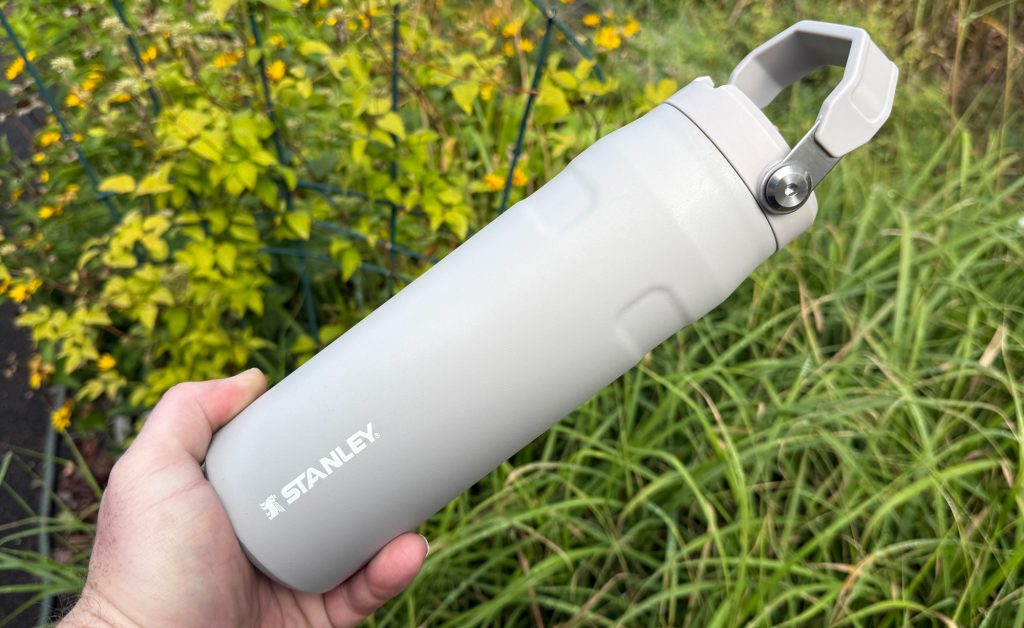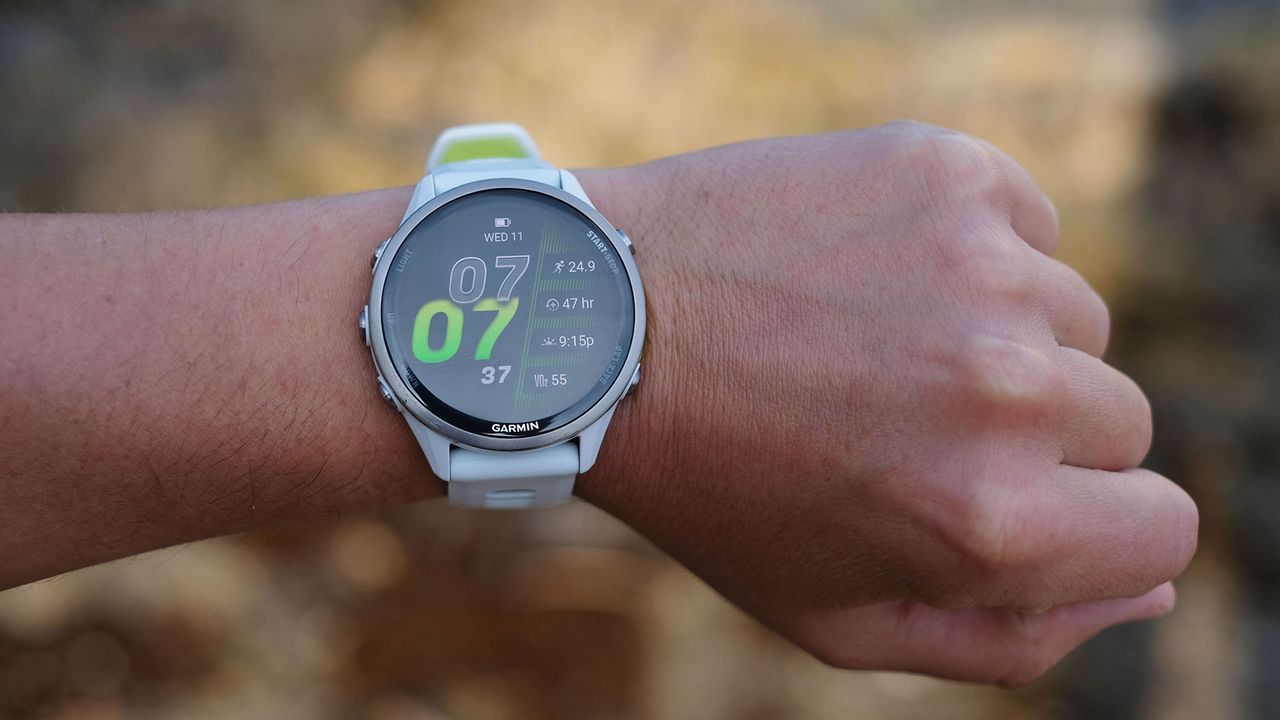Now Reading: Experts Propose Category 6 for Intensifying Hurricanes
-
01
Experts Propose Category 6 for Intensifying Hurricanes
Experts Propose Category 6 for Intensifying Hurricanes
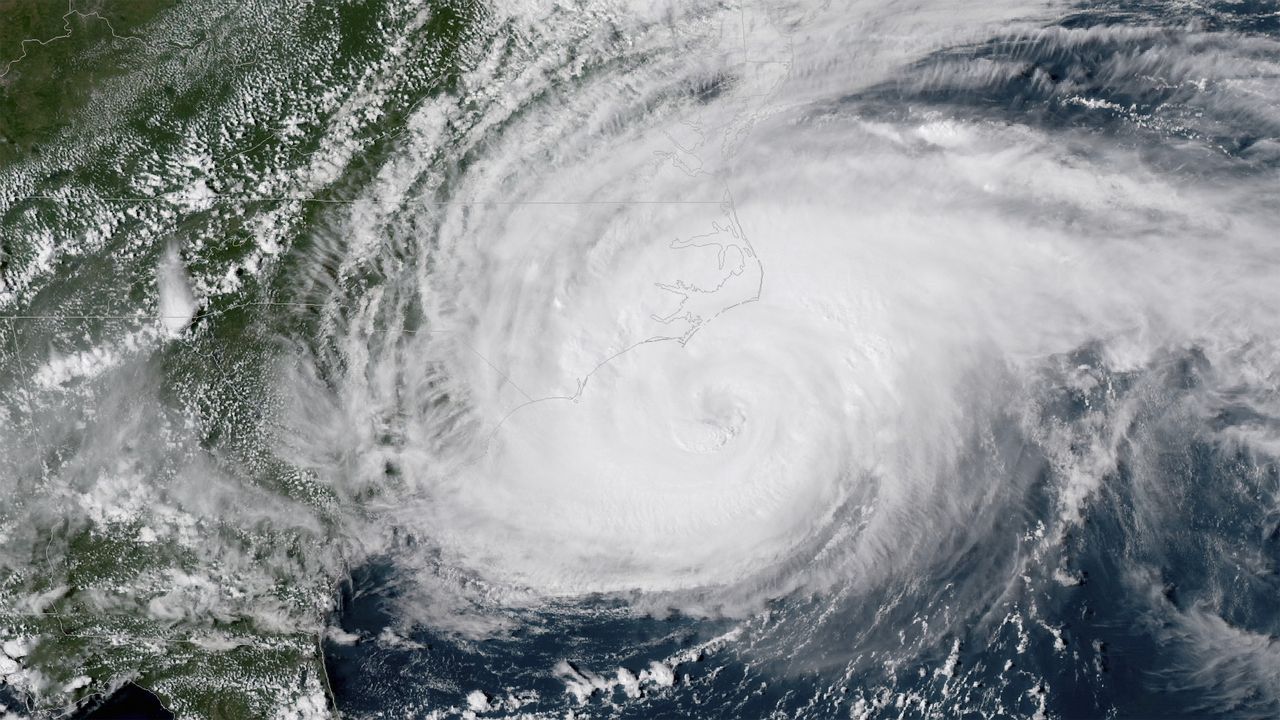
Fast Summary
- Hurricane Risks and Limitations of the SSHWS:
– Current Saffir-Simpson Hurricane wind Scale (SSHWS) rates hurricanes based onyl on wind speed, omitting risks like storm surges and rainfall that cause 80% of hurricane-related deaths.- Ancient examples include Hurricane Katrina (2005), where non-wind factors led to most of the casualties and damages, and Hurricane Florence (2018), a Category 1 storm whose flooding killed 55 people.
- Proposal for New System: Tropical Cyclone Severity Scale (TCSS):
– Developed by researchers including Jennifer Collins from the University of South Florida.
– Incorporates wind speed, storm surge, and rainfall into a six-category rating system.
– Final scores follow specific rules to ensure more comprehensive risk communication.
- Testing TCSS Effectiveness:
– Study involved over 4,000 participants in hurricane-prone U.S. regions using hypothetical scenarios.- Participants receiving TCSS-based warnings better identified risks like flooding or rainfall compared to those receiving SSHWS warnings.- Improved awareness under TCSS led to stronger precautionary actions such as evacuation or readiness against specific hazards.
- Calls for Adoption:
researchers argue that integrating this “more realistic” model can improve public responses during hurricanes by providing clearer hazard communication.
Indian Opinion Analysis
The introduction of a scientifically comprehensive hurricane scale like TCSS highlights the critical need for disaster preparedness systems rooted in clarity. While India does not experience hurricanes directly due to geographical factors, analogous systems could considerably benefit similar scenarios posed by cyclones affecting coastal regions such as Odisha or Andhra Pradesh. Enhancing cyclone warning mechanisms with multi-hazard considerations-akin to integrated approaches seen in the Illustrated Cyclone Warning guidelines used by IMD-could save lives. implementing lessons from research such as this could also improve india’s climate-resilience framework amidst increasing extreme-weather events driven by climate change.





